I write about castles a lot. Maybe it’s the bright-eyed kid in me whose flights of fancy used to lead to devouring every Dragonlance and Forgotten Realms book I could find. That could well be the impetus for my adult escapades, the ceaseless driving over desolate Scottish moors and rolling hills in the search for ruins to lay new eyes upon. When driving won’t suffice, I take to footpaths and even boats to reach the more elusive sites, as in the topic of today’s post, and these obstacles always add to the experience. Castles are big, bold, beautiful reminders of a few important points that are easy to forget in the slush of modern life: The world can change, we are not the culmination, and that fantasy is often just a name for the paths we have not chosen.
Threave Castle embodies all these ideas, and it was one of the primary castles I wished to visit on my trip around the south of Scotland. I pulled into a gravel lot on the edge of farm fields west of Castle Douglas en route to Three Glens and shivered. The weather was frigid on this mid-April day, and I remembered the hike I’d made eight years ago in this place. Threave Castle demands a little sweat from the visitor, for you park your car near a couple of buildings with information about the castle and its lands and then follow narrow footpaths between farms until you come upon the River Dee (there is another Dee in the Cairngorms). The castle comes into view only as you near the river, a neat trick of the landscape.
Threave Castle stands hollow and lonely on a small island within the River Dee that requires a short boat ride provided by one of the attendants working the entry booth across the water. I wave my arms for awhile before someone trudges toward the shore, probably miffed to be out in the Baltic weather early on a Sunday morning. As we ply the Dee’s current, dodging an obstinate swan, I learn Kat and Babs simply hadn’t seen me; the dock’s bell had been lost in the wind.
All castles have deep veins of history, but Threave’s is particularly juicy. The castle is renowned as the seat of the Black Douglases during the 14th and 15th centuries, but there is evidence that the island upon which Threave Castle stands may have been settled a thousand years earlier by native Britons, as Threave may derive from the word “tref,” or “homestead” in Old Welsh. Though the island would have been much smaller back then due to higher waters, it still would have been a sensible and defensible site for a fortification.
As is common with the Dark Ages, most of that history is sadly lost. The tale of this site becomes illuminated in 1369 when Archibald the Grim, 3rd Earl of Douglas, built the castle shortly after he became Lord of Galloway. Apparently Archibald’s fearsome countenance in war earned him that appellation. Threave Castle became a symbol of power for the Black Douglases, the southern branch of the Douglas line (the Red Douglases being in Angus), who would prove to be downright villainous in the annals of Scottish history.
The Black Douglases struggled with the Scottish crown and within their own ranks. William Douglas, the 6th Earl of Douglas, and his younger brother were summoned to Edinburgh Castle and summarily beheaded on false charges orchestrated by their uncle (who would become the 7th Earl of Douglas) before King James II. Later, the 8th Earl of Douglas, another William who held sway over southern Scotland, was summoned to attend King James II in Stirling. The two men clearly were not on the best of terms, for when the Earl of Douglas refused the king’s demands to dissolve an alliance he was stabbed 26 times – by the king’s own hand – and defenestrated from the upper levels of Stirling Castle.
By 1455 the Black Douglases were attainted and their holdings annexed by the crown.
During the height of Threave Castle it would not have stood alone. The island would have been home to more than 100 people beyond the castle’s walls. Constables, chaplains, stewards, and servants would have mingled with inns, storehouses, and workshops. There would have even been a bridge over which livestock could travel to the island.
Threave Castle itself is one of the largest, strongest, and starkest tower houses in Scotland. Five storeys in total, the castle possessed a cellar, well, kitchen, prison, great hall, two bedrooms, and a kind of barracks on the top floor to defend against sieges. This was a castle in the truest sense in that its size and structure served a functional, defensive purpose. The remains of a curtain wall and its towers still surround part of the tower house.
Threave Castle is a strong draw for anyone visiting Scotland, and the nearby Threave Garden and Estate are well worth a visit, too (note: The castle and gardens are not in the same place). If you’re in southern Scotland, Threave Castle is a place you ought to visit. So long as you aren’t associated with the crown, that is.
Disclosure: Historic Scotland provided me with a complimentary visit. All thoughts and opinions expressed here are my own.

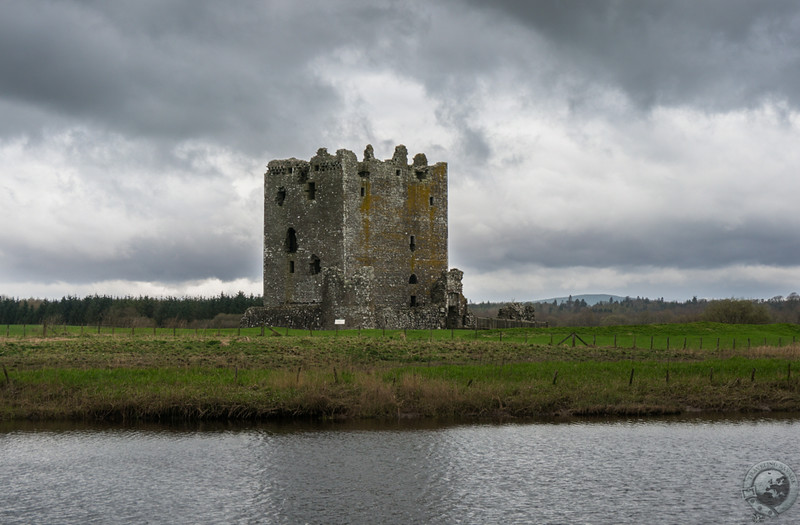
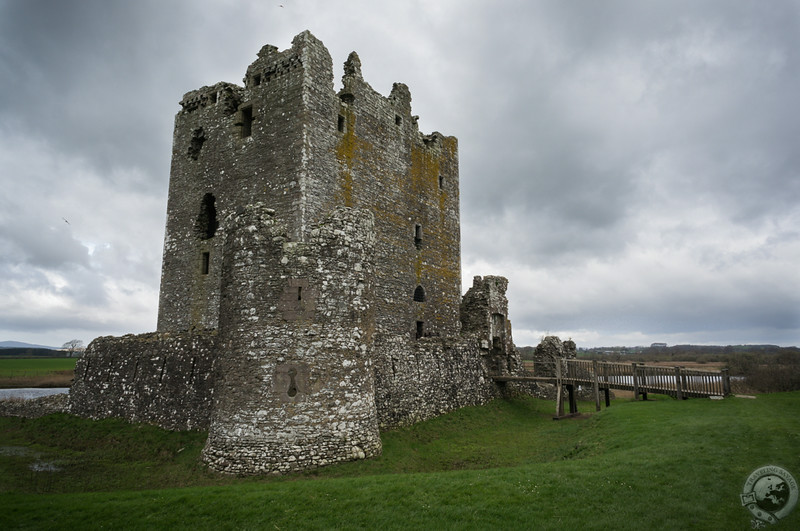
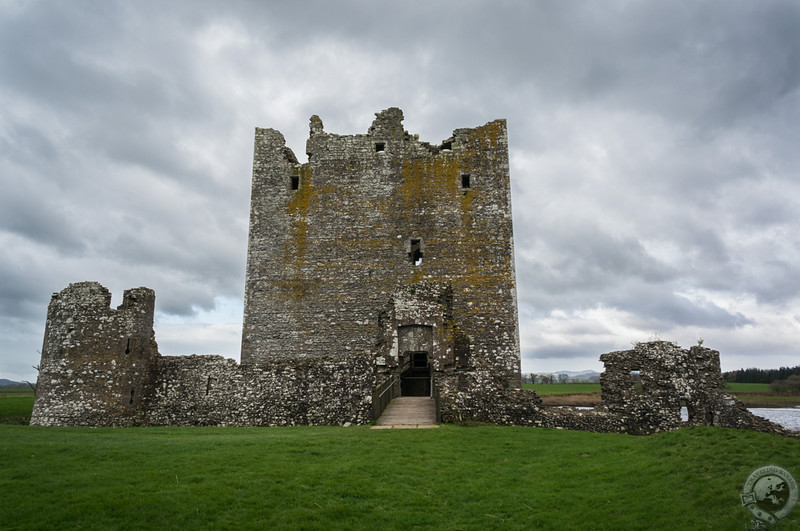
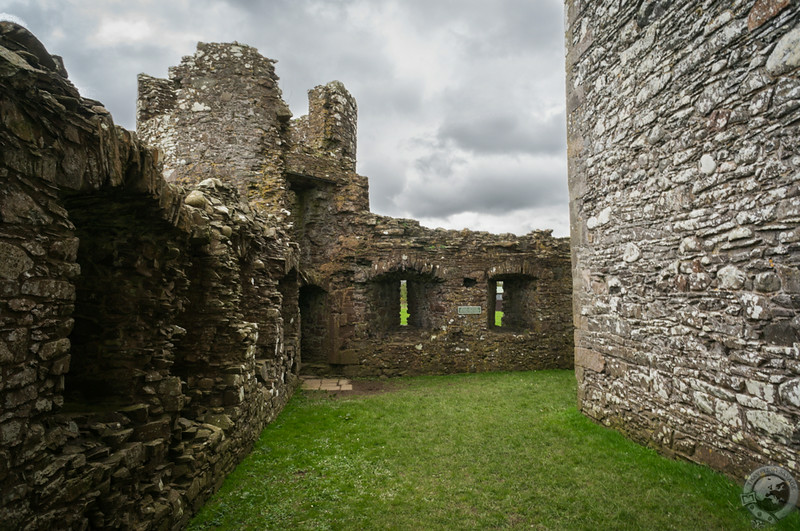
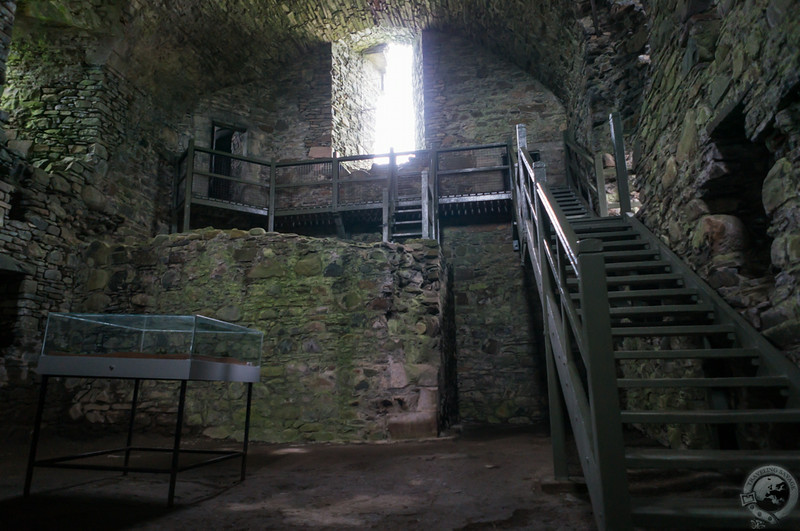
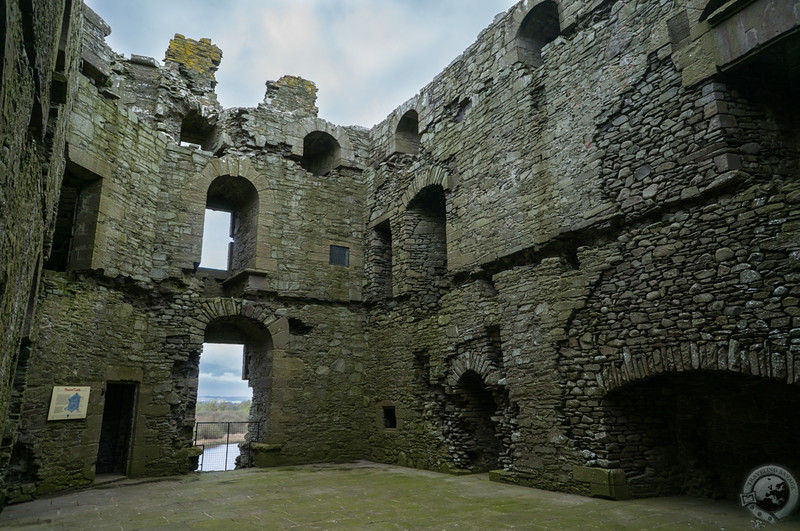
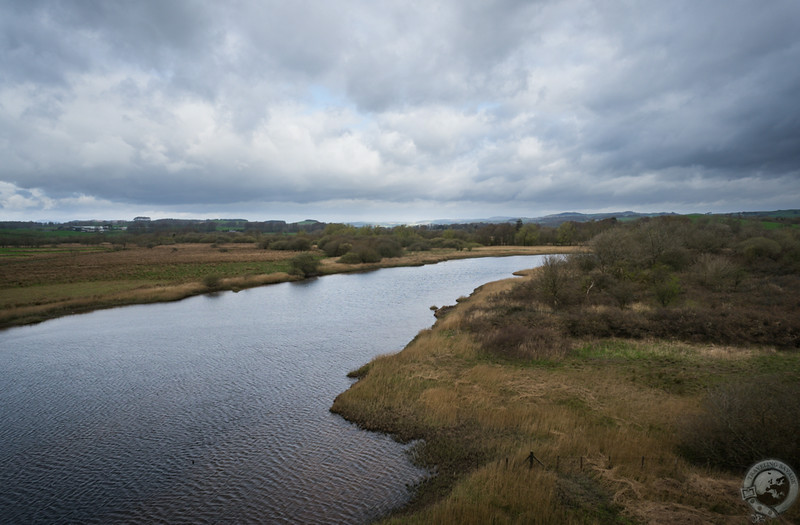
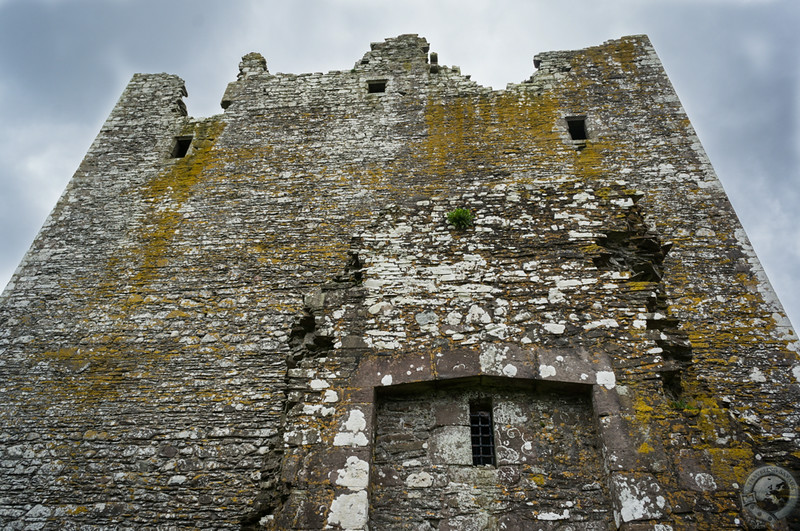
What an interesting and descriptive word: defenestrated .
So right! And very descriptive. Great, informative post!
This place gives me the creeps.
Nice photos, by the way…
But weird weather… Oh my God!
[…] escaped time and again the ravages of history. In 1300, Archibald the Grim, Lord of Galloway and Threave Castle, protected the abbey from invading English armies who had come to fight Lady Devorgilla’s son […]
[…] son George, who became the progenitor of the Red Douglases (as opposed to the dastardly Black Douglases). Tantallon was besieged again and again throughout its functional life, first by King James IV in […]